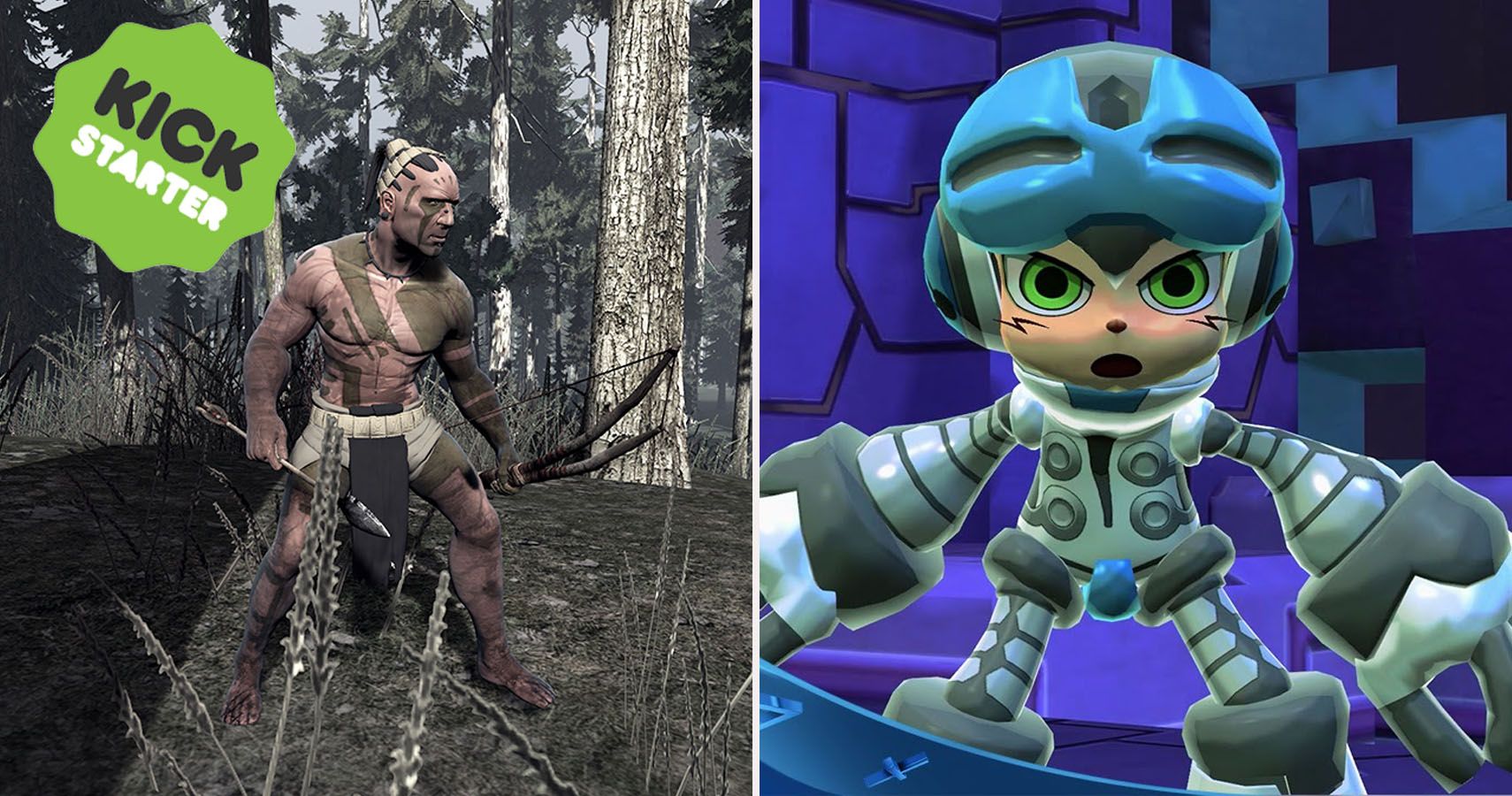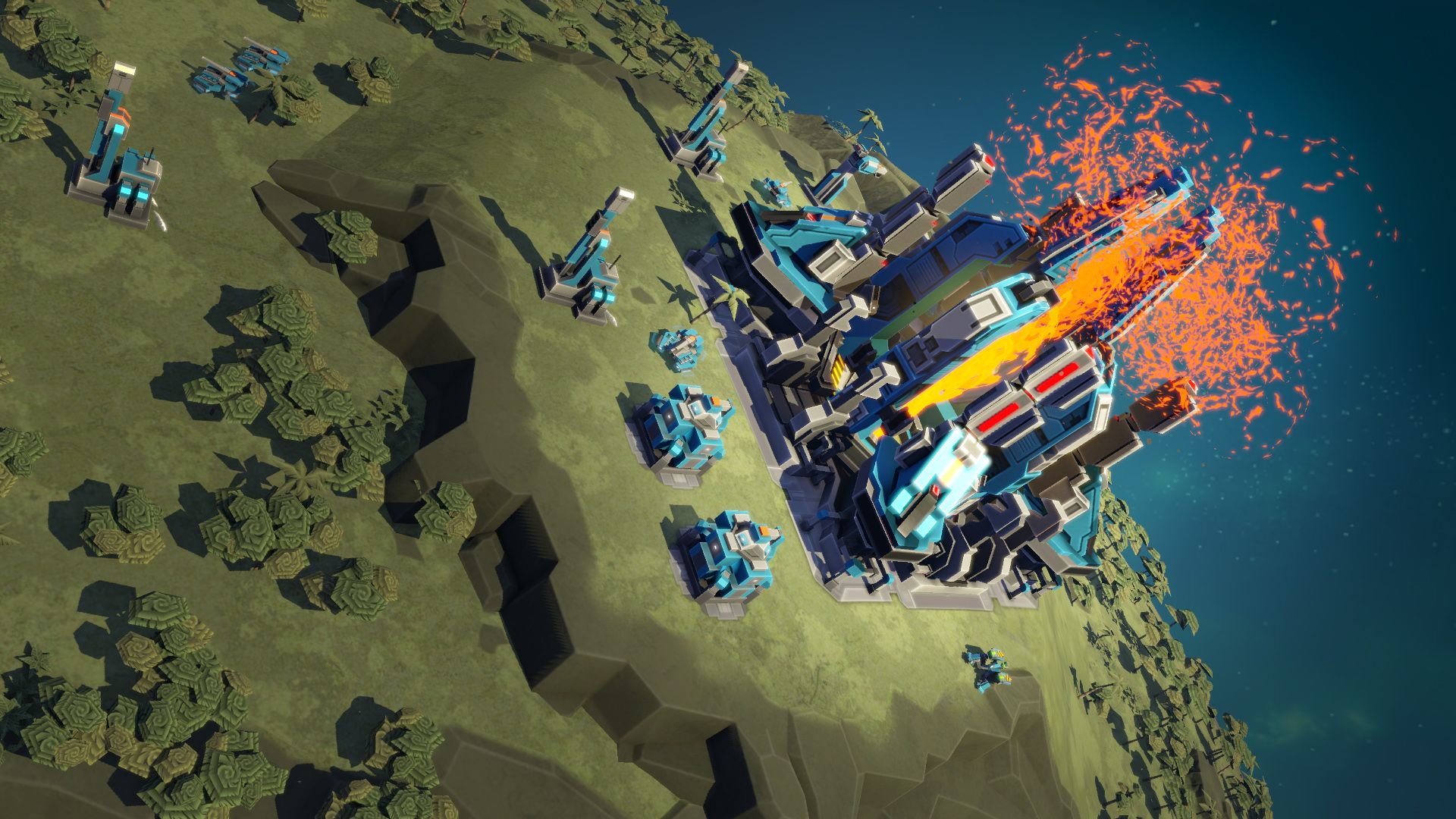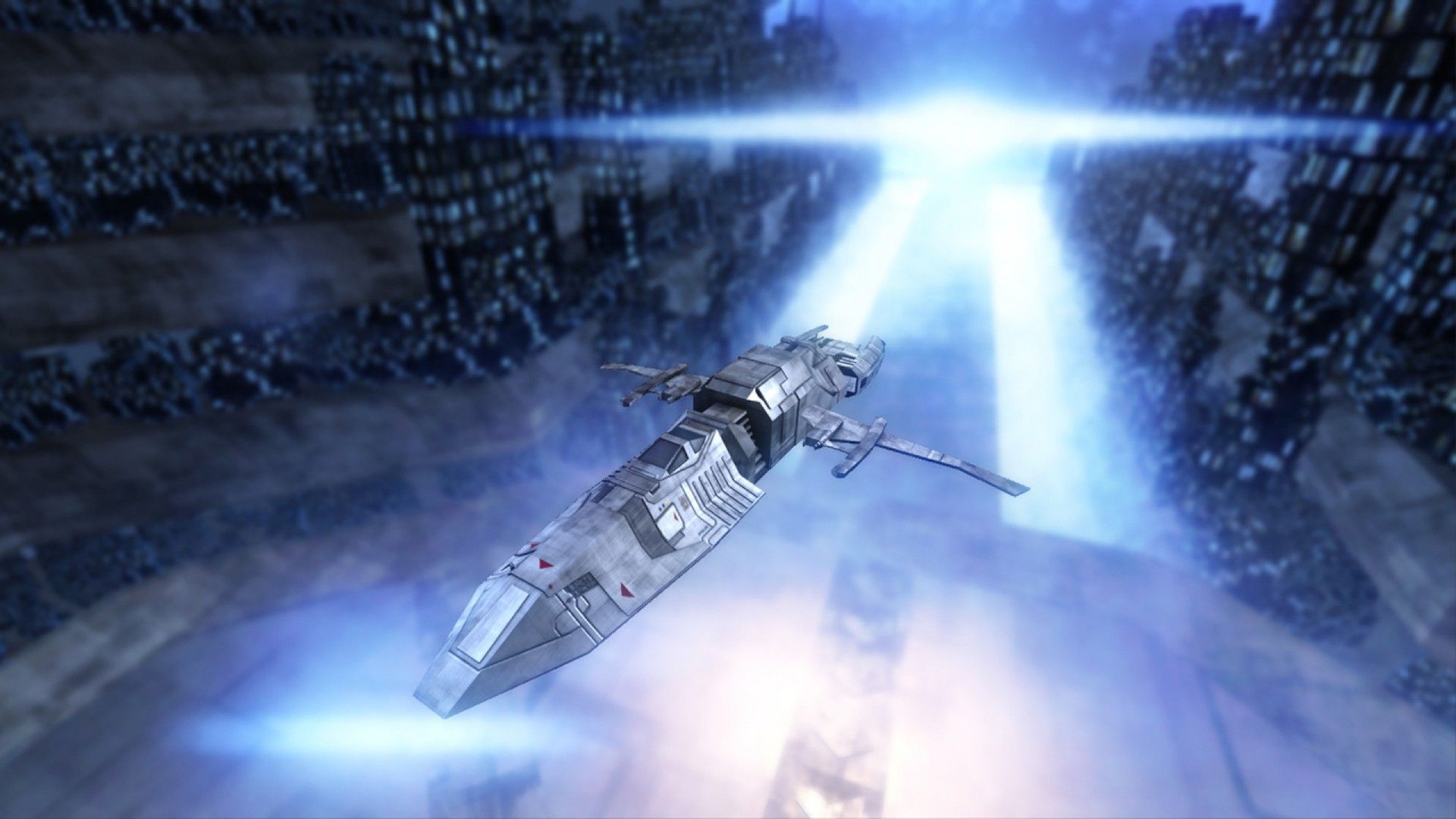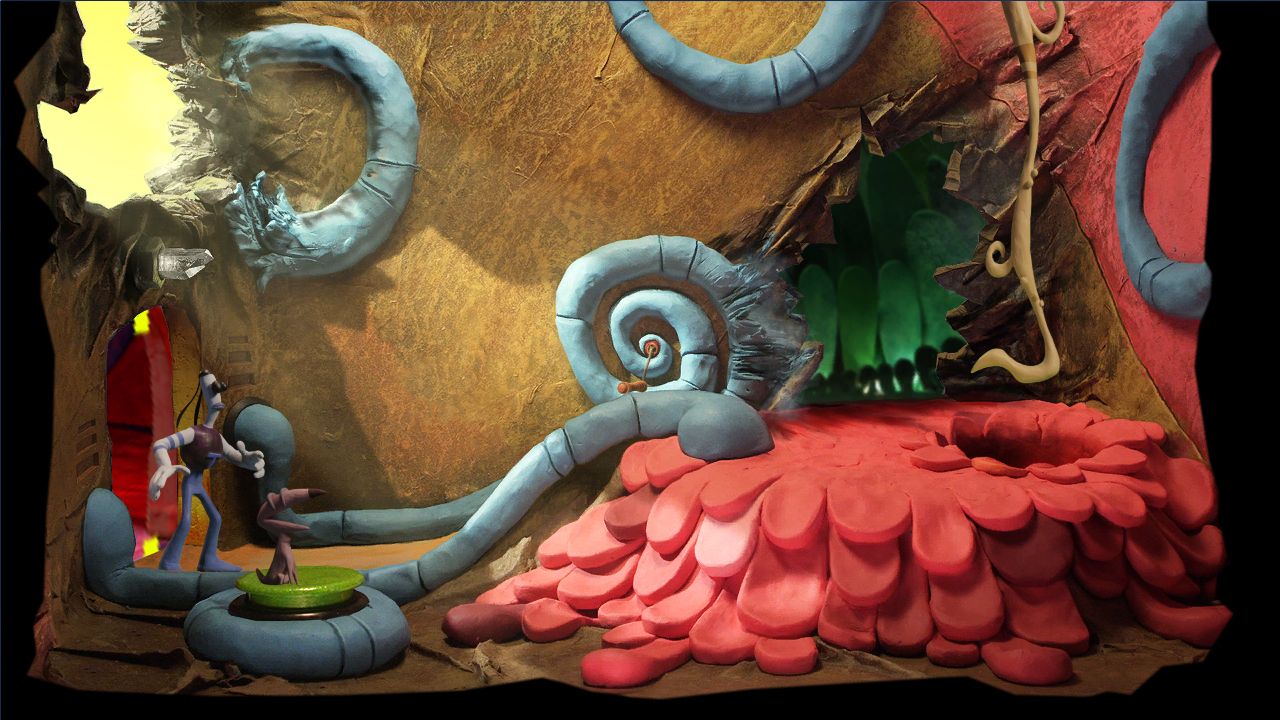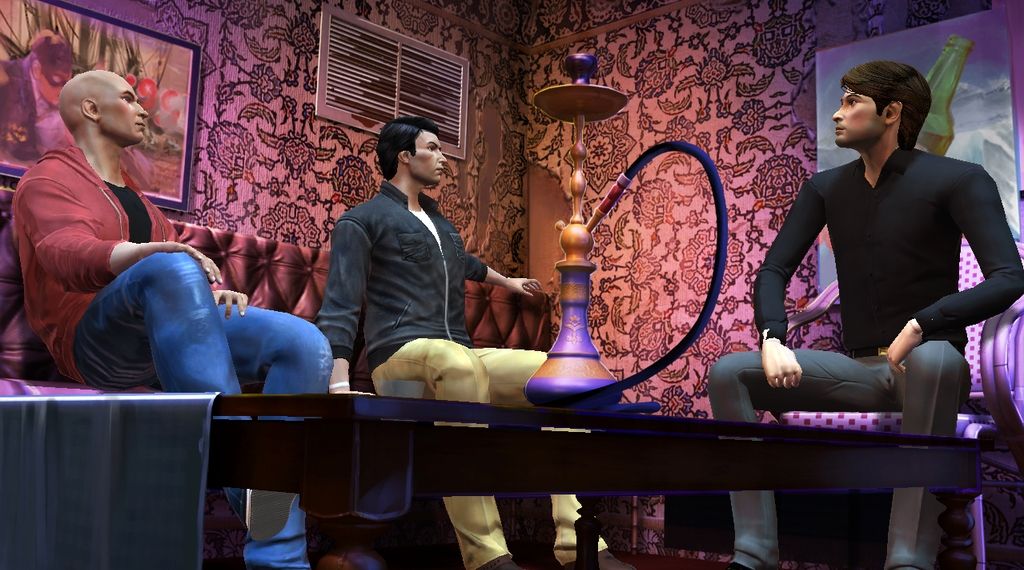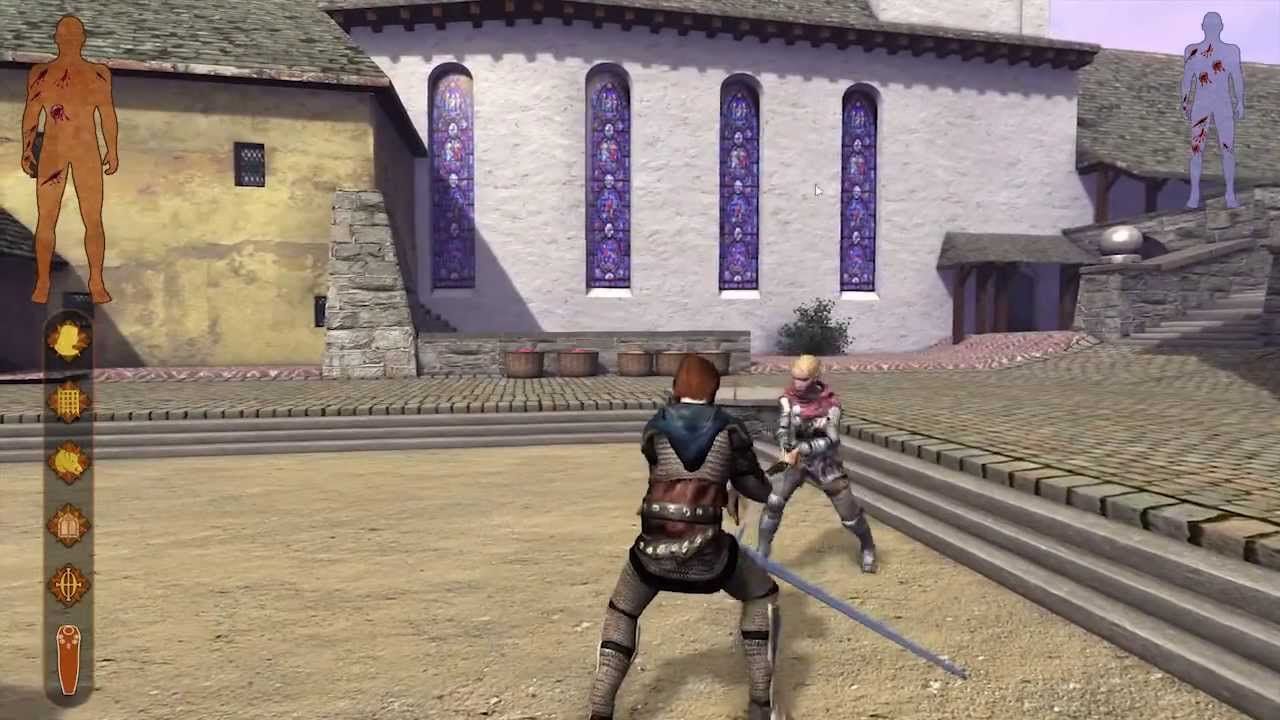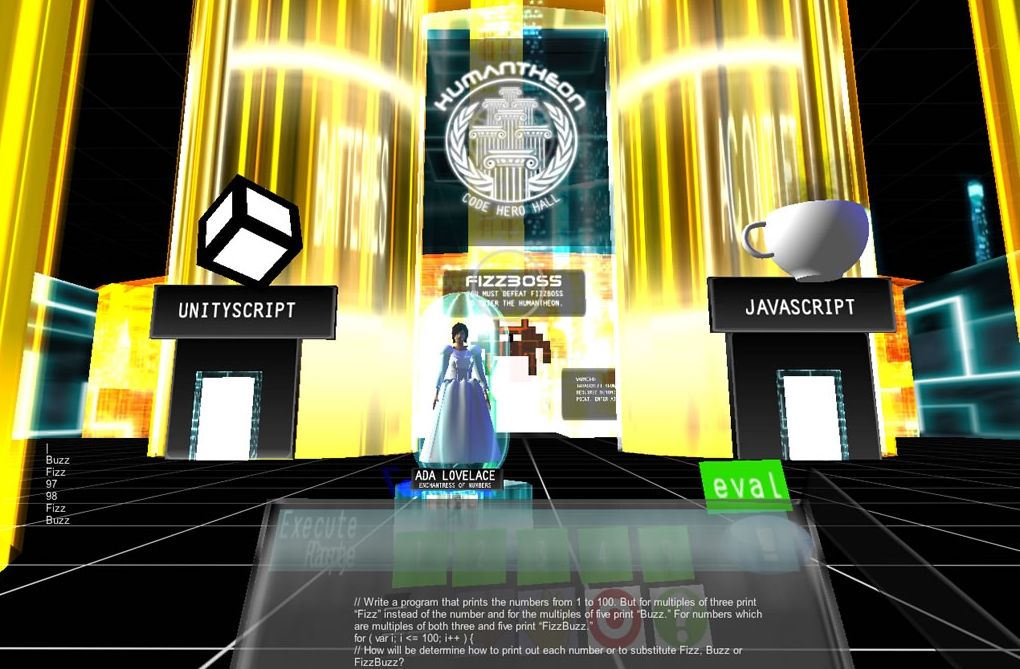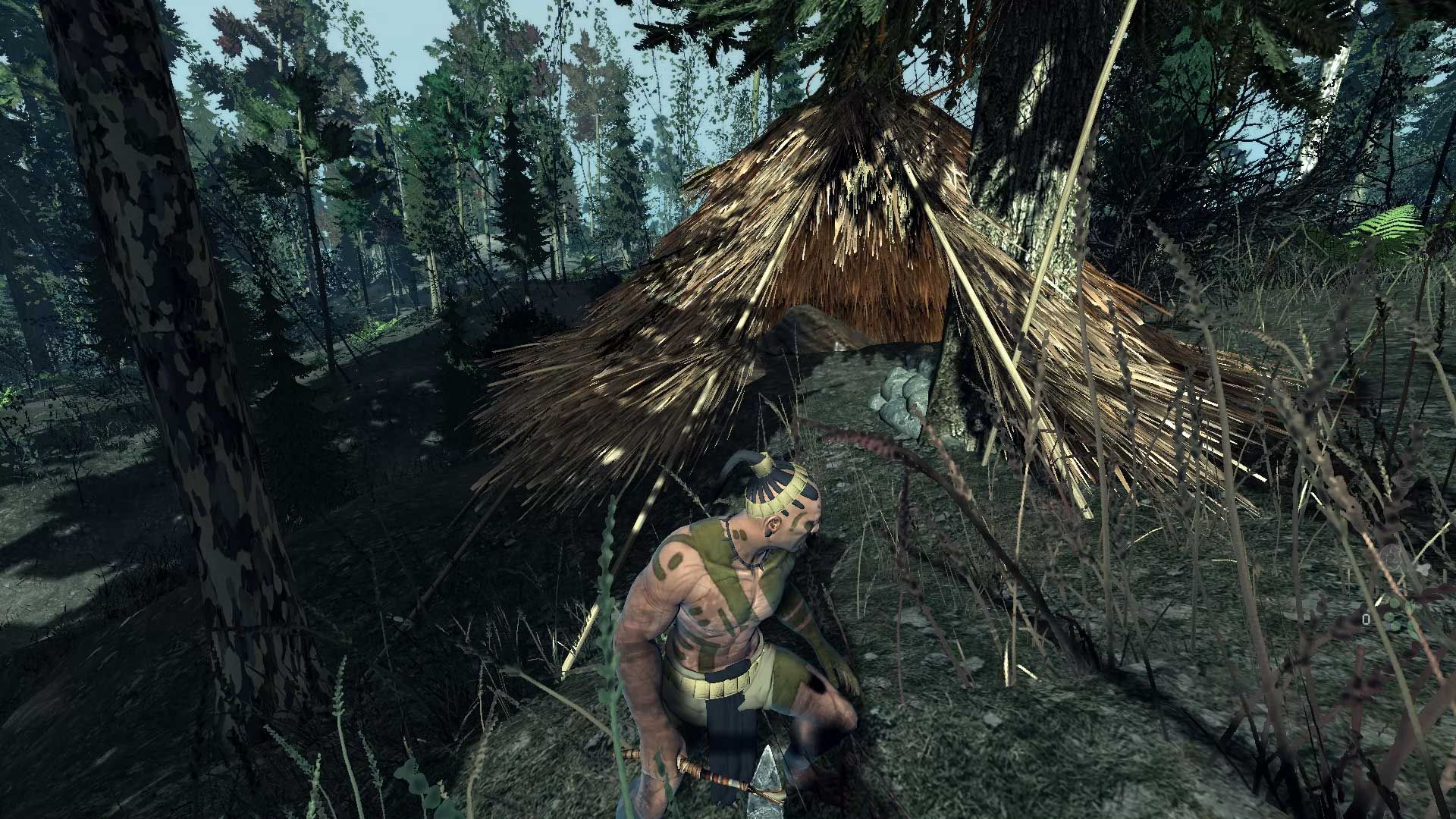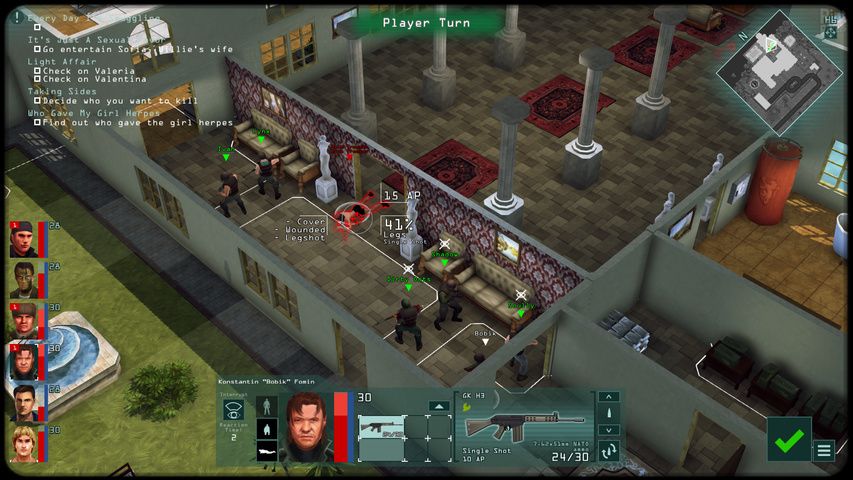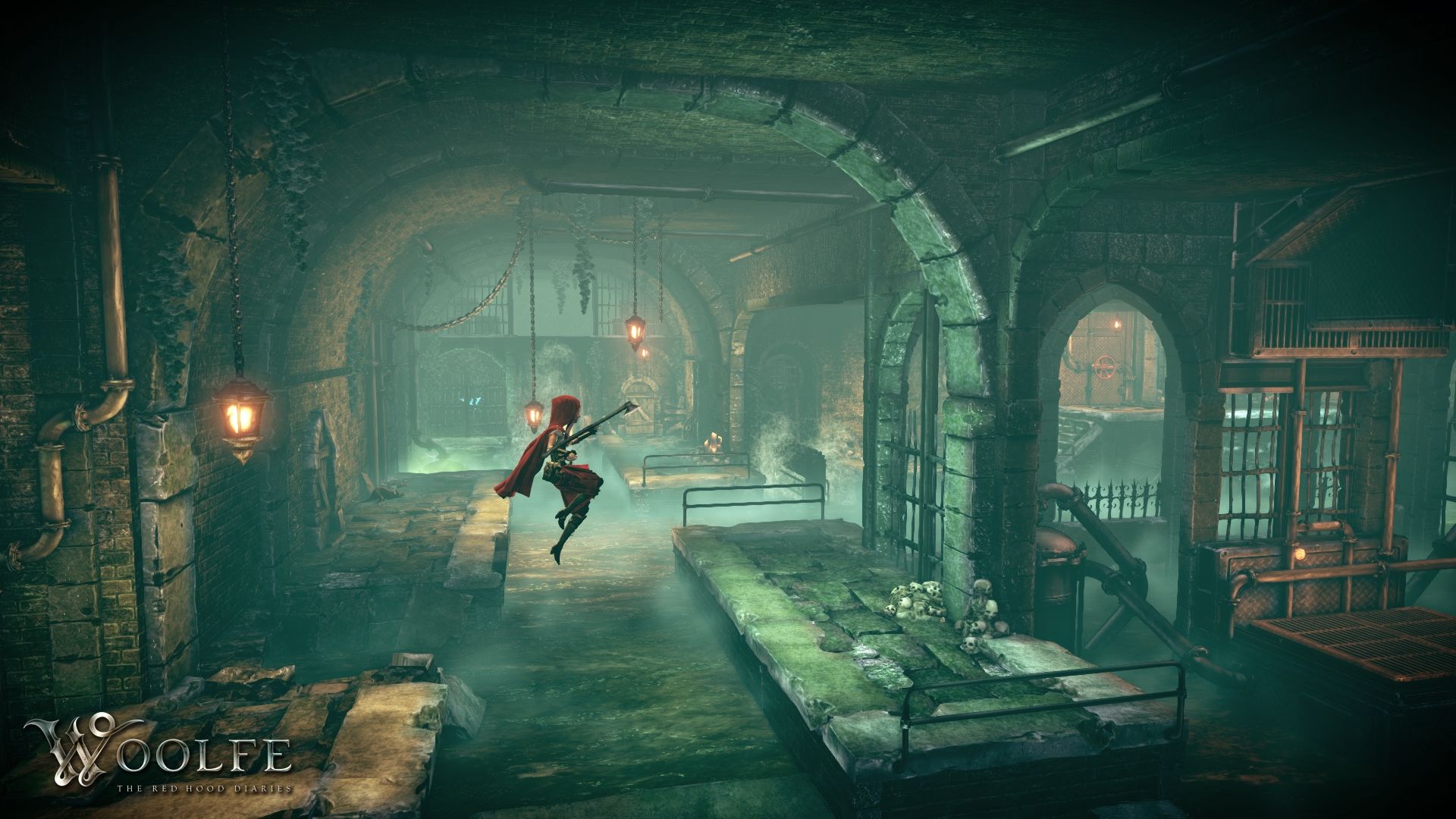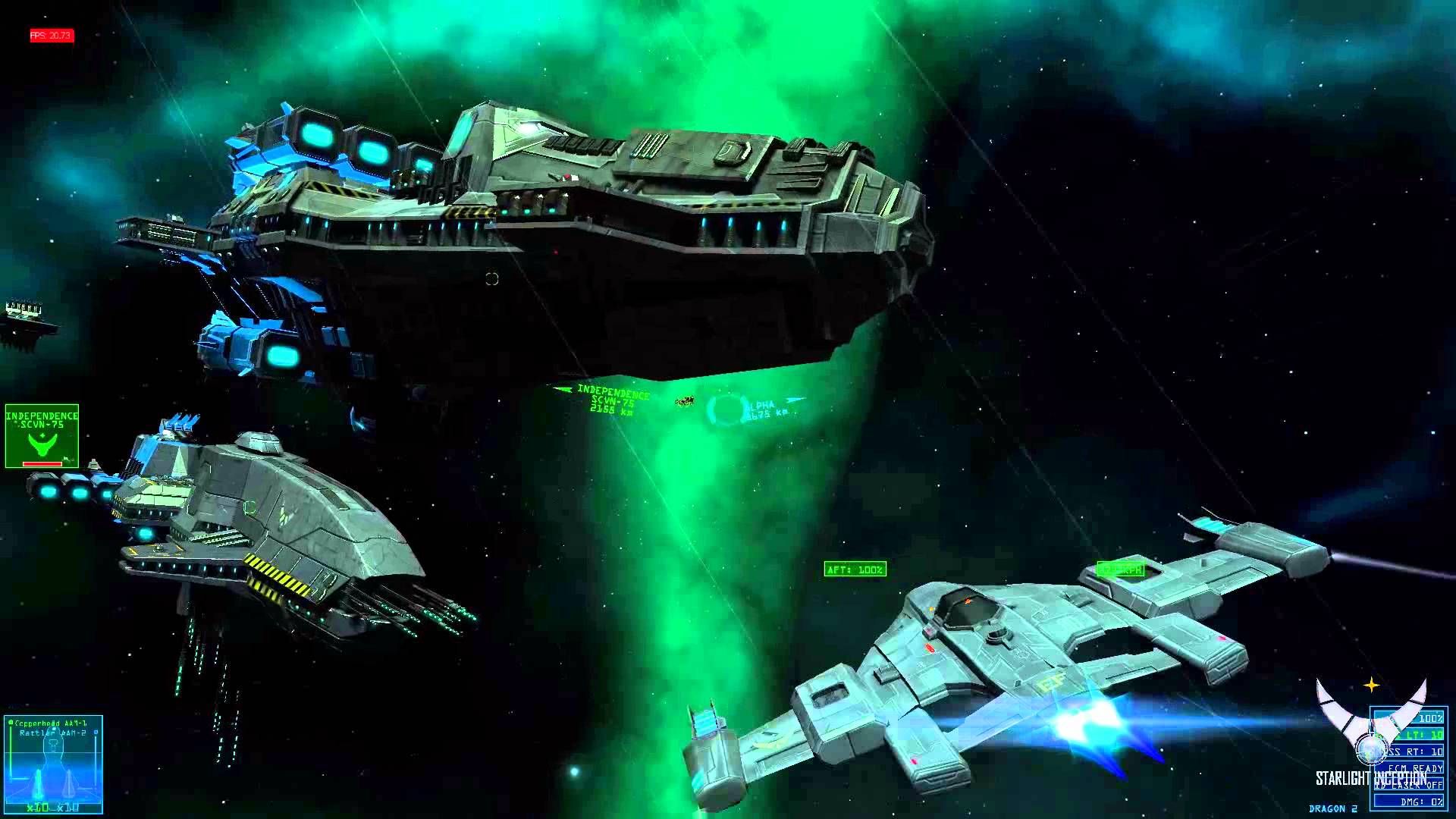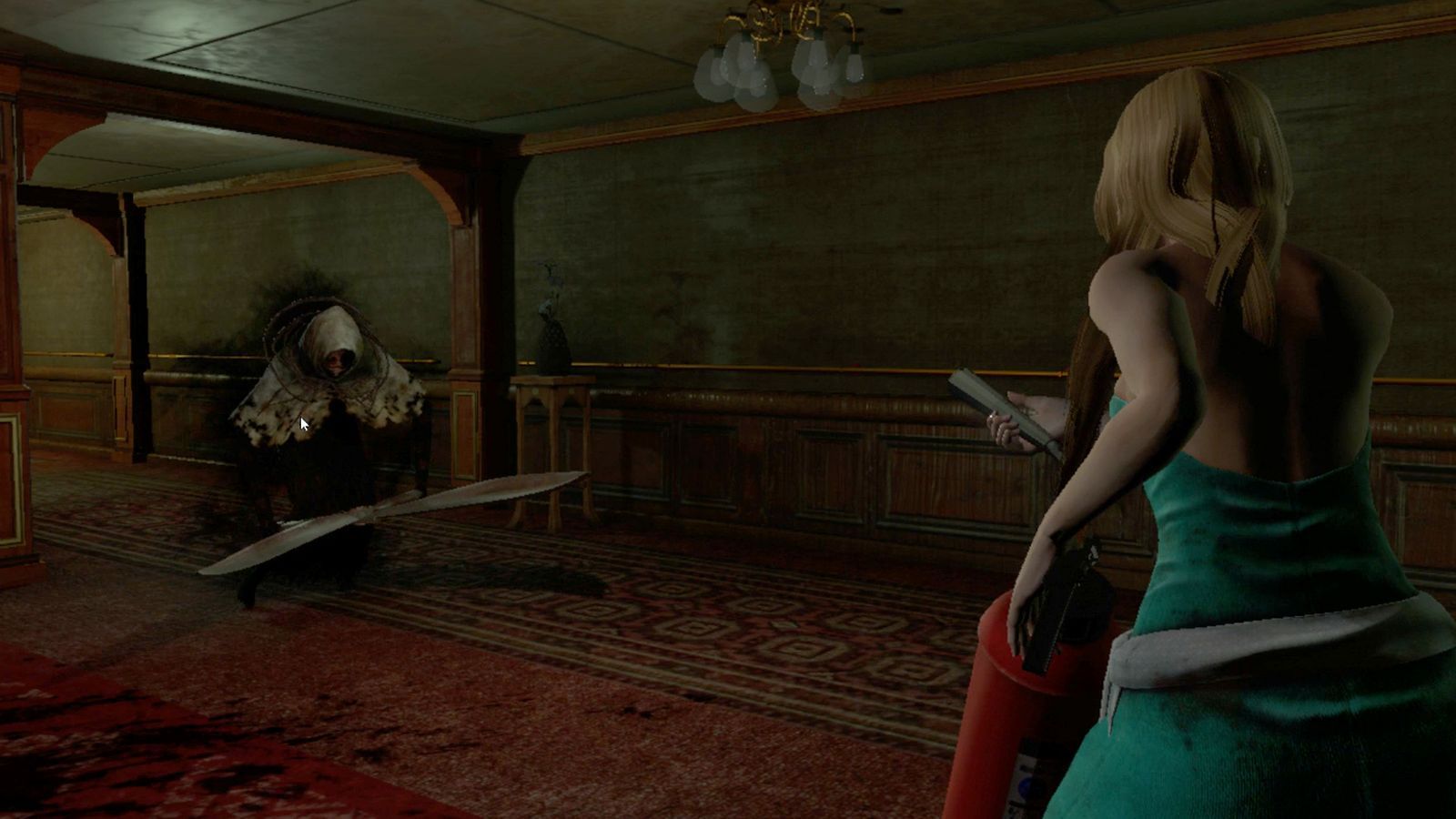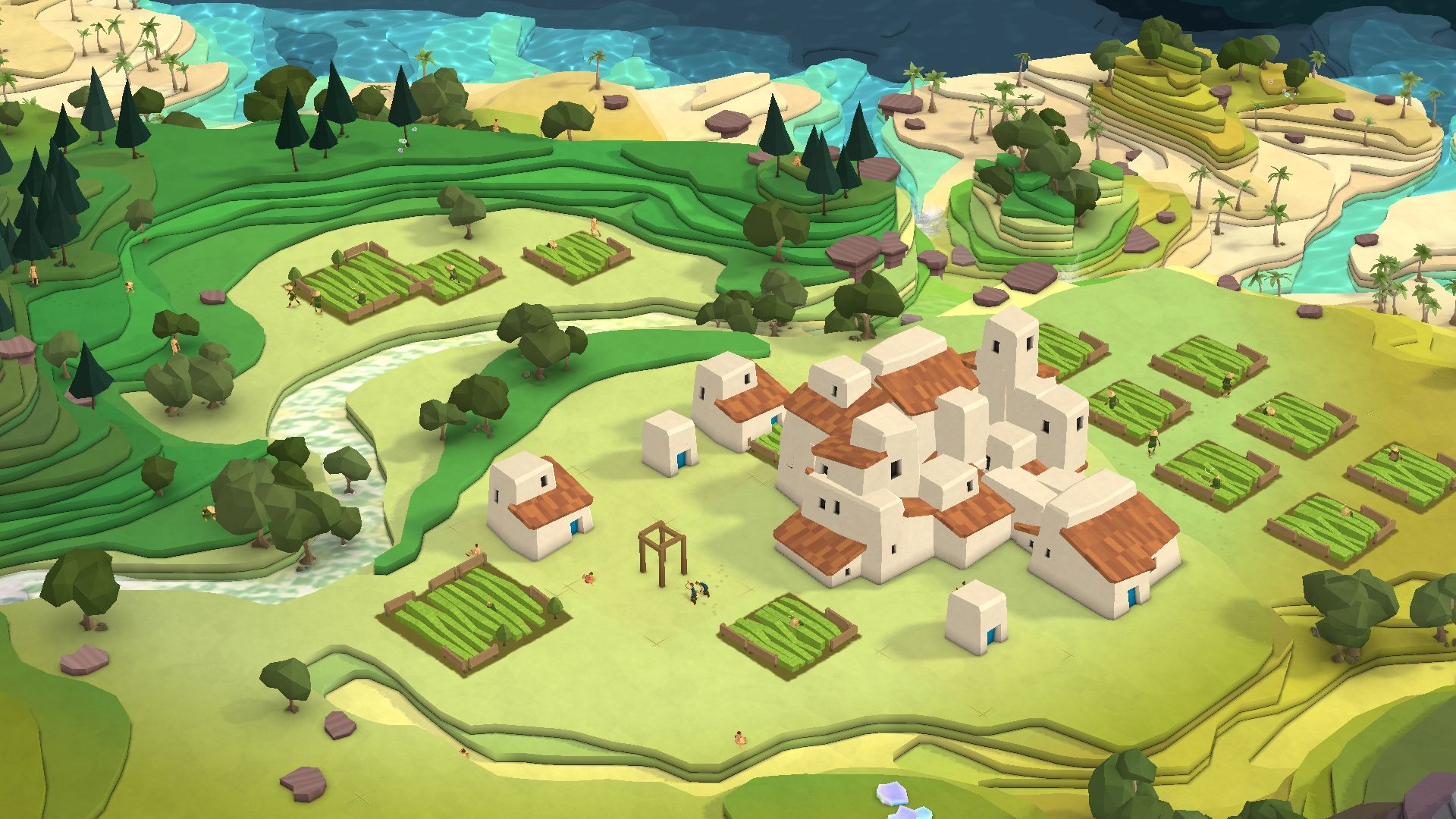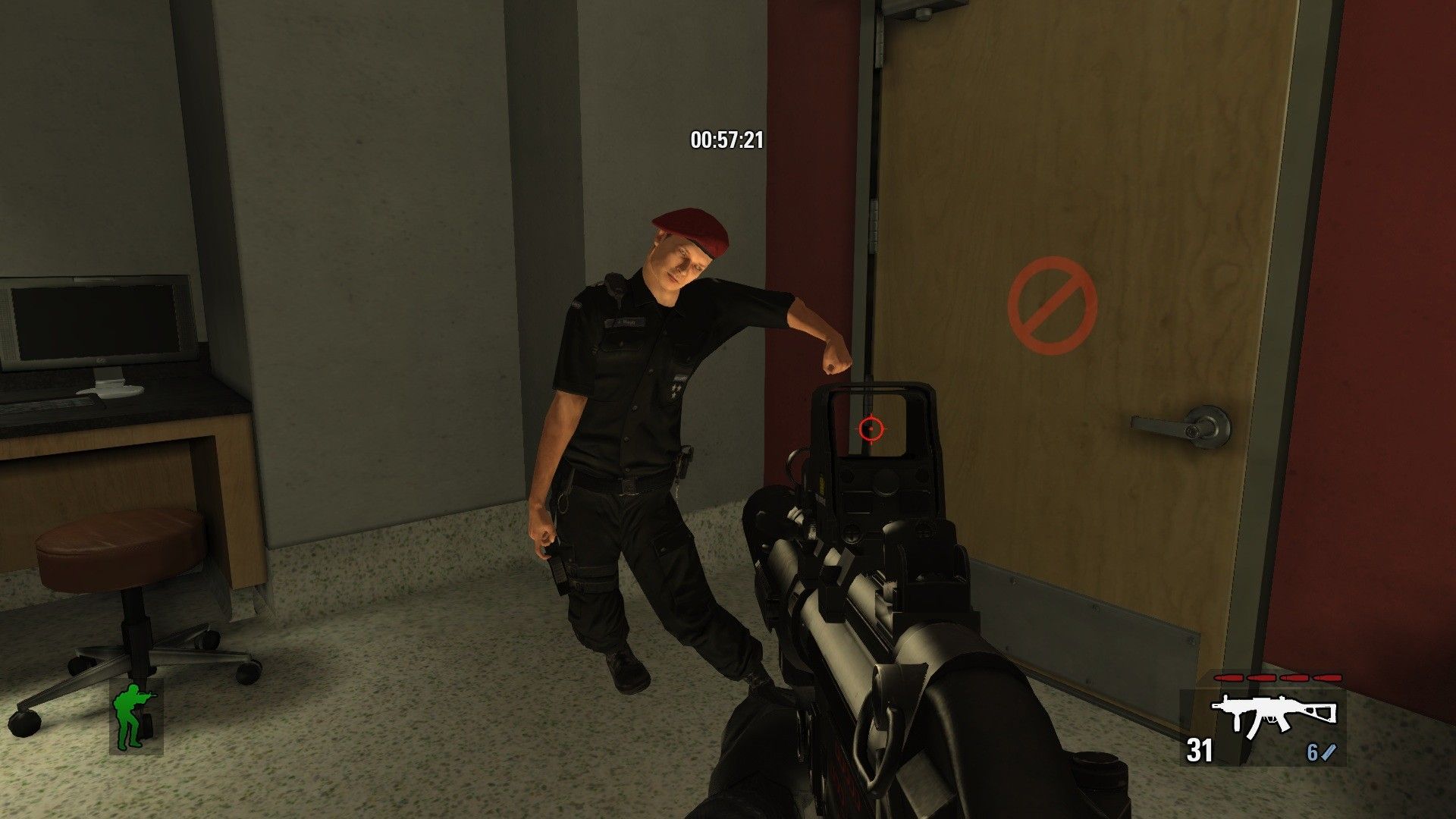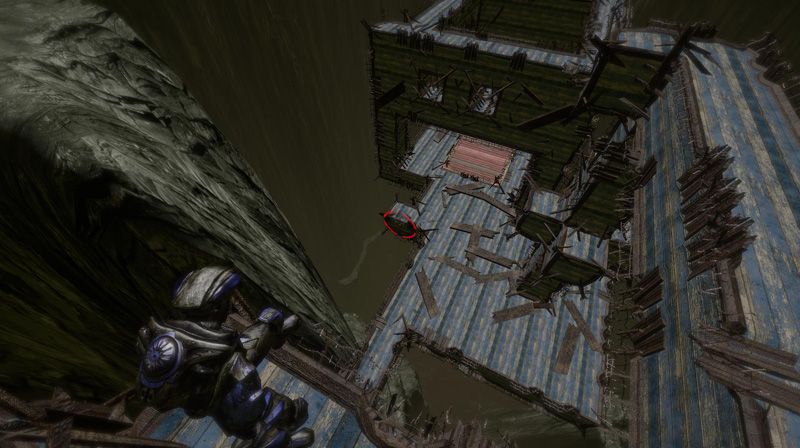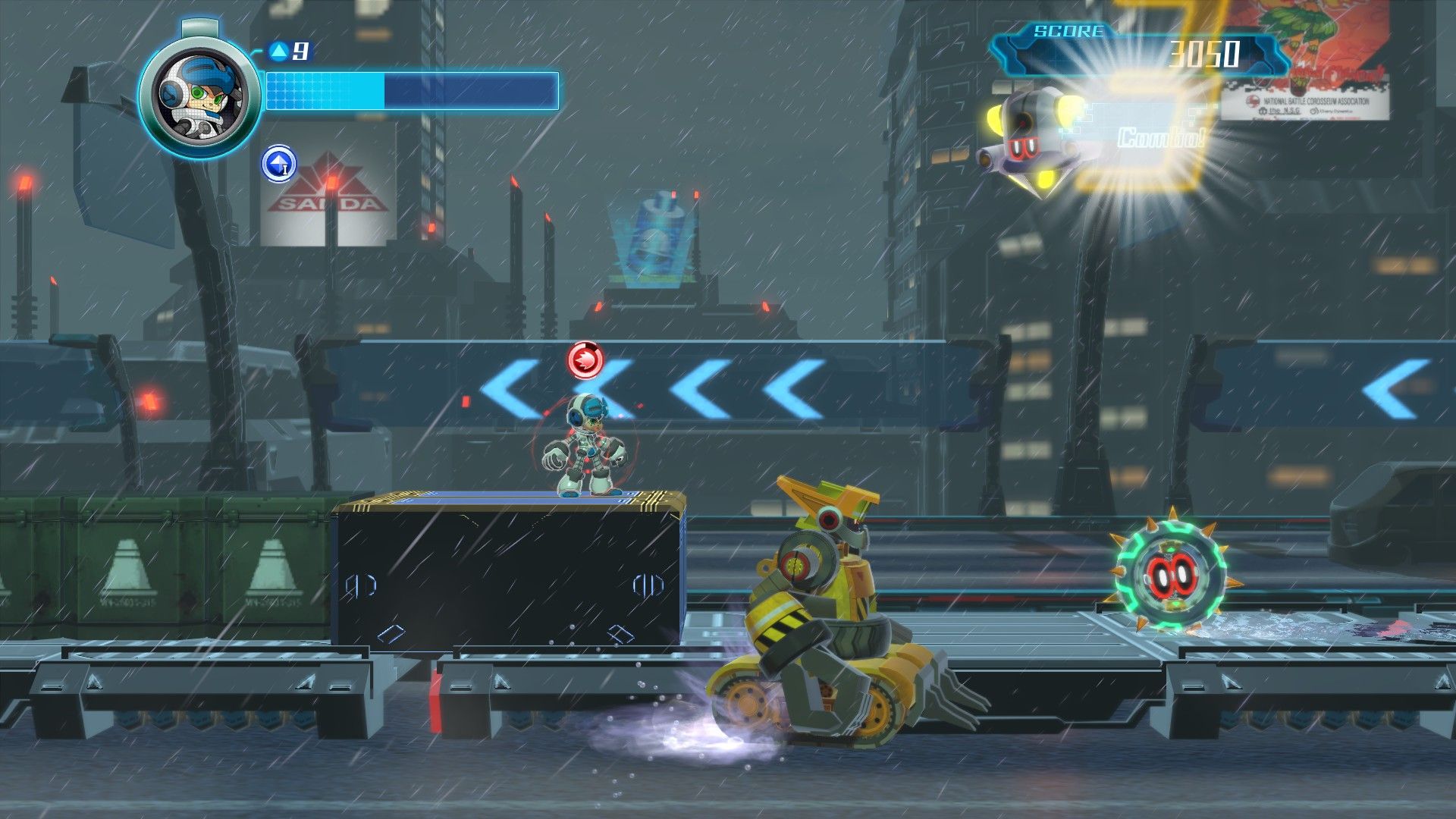With the advancement of technology, game developers no longer need to join a large company. They have access to various software well-established developers are using and can learn how to utilize them with tutorials online. With hard work and determination, anyone can make a video game. While the game development opportunities are overflowing, it can be hard for a single person or a small group to devote their time to a project. It becomes even harder when time developing a game has to be split with real life responsibilities, such working and paying bills.
Crowdfunding websites such as Kickstarter and Indiegogo have been a godsend for newcomers and veterans of the game industry. By pitching to other gamers instead of those in business suits, they have the opportunity to fund their projects. Crowdfunded games also have the possibility of being more diverse over what is guaranteed to sell. Thanks to the overwhelming creativity of developers, many video games have gone way beyond their original crowdfunding goals.
Trust plays a big role in crowdfunding, and more game developers promise more than what is delivered. Some games are funded and don’t release a final product, making gamers more wary of what they’ll donate their hard-earned dollars to. Other games finally do deliver a final product, which completely disappoints gamers, many who had to wait for years to finally play. Though a game may have reached its target goal, it doesn’t guarantee that it will be received well by gamers.
15 Planetary Annihilation
Instead of seeking private investors, game developer Uber Entertainment went to Kickstarter to fund Planetary Annihilation. In 2012, they were able to exceed their initial goal and reach over $2 million from eager backers. Gamers could play single-player or multiplayer modes in an attempt to take out enemies and colonize or eliminate other players' planets. For many gamers, the game suffered from glitches and technical issues so bad that they were unable to play. For gamers who were actually able to play, the games were always the same. Microtransactions became a huge issue for such simple additions such as changing your Commander's hairstyle (otherwise you risk looking like a generic character). There was no attempt at a story mode, making the game lack purpose. Creating multiple units caused heavy lag, and the artificial intelligence lacked actual intelligence.
14 Kinetic Void: Procedural Space Adventure
Kinetic Void: Procedural Space Adventure is an example of over-promising and under-delivering for crowdfunded games. Kinetic Void advertised itself as a single-player trading and combat game set in space. It was a sandbox game with a large area for gamers to explore. Gamers took on the role of a space pilot, working day-to-day jobs trying to survive. The game was funded for over $65,000. Development of the game was quick, releasing an alpha version on Steam in March 2013. Reviews of the early release of the game were poor. Gamers criticized how boring and unfinished the game was. There was little to do in the game, and it soon became nothing but a glorified space ship character creator. Watching the trailer for the game provided more excitement to gamers. After poor reception of the alpha from gamers and reviewers, the developers stopped working on the game.
13 Armikrog
Most 90s gamers remember the platformer adventure game Earthworm Jim by Doug TenNapel. His new game development company Pencil Test Studios decided to take to Kickstarter to fund their next game. Armikrog was a comedy based point-and-click adventure game. The game exceeded its goal and reached almost $1 million dollars. When the game was released, it was praised for its fun graphics and soundtrack. The gameplay itself was heavily flawed. Most of the complaints were due to the poor controls. Interacting with items was confusing, and not explained well. The lack of an inventory screen almost made it impossible to see what was picked up and what the item did. Gamers and reviewers were disappointed by the lack of challenge. The game was too short and filled with bugs that should have been caught early on.
12 Moebius: Empire Rising
Moebius: Empire Rising told the story of Malachi Rector, a man who traveled the world searching for valuable artifacts. After coming back from a search, he is hired by a secret government agency to hunt down another item. The developer, Pinkerton Road Studio, hoped to fund Moebius and another point-and-click adventure game, Mystery Game X, on Kickstarter. Moebius reached its goal and received over $430,000 funds from excited backers. With a game that heavily relied on the story, it was criticized for having unrealistic characters. The story itself was too predictable, which hurt the enjoyment of the game. The graphics were unappealing with very stiff moving characters, and the 3D models were too square. Though the game had been released, it still needed more polishing to make it more challenging.
11 Clang
Creator Neal Stephenson wanted to bring his love of history and sword fighting from novels to games. Clang promised to deliver realistic one-on-one sword fighting action to PC gamers over multiplayer. Gamers jumped at the chance to back a realistic sword-fighting game and funded it for over $500,000. Stephenson worked hard to help develop the game but failed to communicate with backers, losing their trust. A year after the successful campaign, a prototype of Clang was released. Though it was realistic, it failed to be enjoyable and was boring. Unimpressed, many backers requested refunds. The developer, Subutai Corporation, wanted to keep working on the game, and even had it greenlit on Steam's Greenlight community. But with such a poor release of the game, they failed to find additional investors and had to cancel completing the game.
10 Code Hero
Code Hero was a video game that promised to teach you how to make games. Your character uses a weapon, the Code Ray, to choose JavaScript in Unity 3D. Gamers would defeat various bosses, such as FizzBoss, which combines learning JavaScript and Unity, Ship Boss, which teaches you how to ship your game, and finally JobBoss, which teaches you how to get job interviews with game companies. The project was fully funded for almost $200,000. Its funding goal was low, but it made too many promises. The project ran out of funds before completion, with rumors that the money was spent wastefully. An early version was released on the Code Hero website for Windows and Mac, only teaching the bare basics of "Hello World" in JavaScript. The game left much to be desired with many disappointed backers.
9 The Stomping Land
The Stomping Land combined survival and dinosaurs. It was planned to be a multiplayer game set in the stone age. Players would survive together by forming tribes, building traps to protect their land, and craft items. It earned over $100,000 on Kickstarter and development began. When an early access version of The Stomping Land was released, most reviews and gamers found it boring. For a massive world, there was little to do. The activities were mostly glitchy and incomplete, making the few tasks you could do hard to accomplish. Crafting was still in progress but offered little benefits for players. For the players you could interact with, the server space was so small that only 16 players could play together. There were few opportunities to fight against other tribes. The Stomping Land could have still grown, but the game has been abandoned with no word from the developer since May 2014.
8 Jagged Alliance: Flashback
Jagged Alliance: Flashback promised to deliver an incredible addition to the turn-based action RPG series. Gamers would travel to a fictional Caribbean island to take down an evil dictator. Over 7,000 backers pledged $368,000 to help the series come back to life. The game release in October 2014 left backers with much to be desired. The poor UI and clunky controls made the game hard to play. There was also a lack of content, such as the Gun Store, from previous games. The environment was a wide open space, which made it more challenging during a fight but lacked diverse locations and places to run for cover. Due to many negative reviews, the developer Full Control was unable to continue supporting and updating the game. Full Control was forced to go out of business due to poor sales and a lack of investors.
7 Woolfe: The Red Hood Diaries
Woolfe: The Red Hood Diaries is a retelling of the classic fairy tale, Little Red Riding Hood. The game was fully funded on Kickstarter for over $70,000 and was released in early 2015. In Woolfe: The Red Hood Diaries, Red is the star of the gritty hack-and-slash platformer. The game was criticized for being too linear with boring gameplay. Some of the gameplay was difficult to accomplish, like trying to jump on different platforms of the level only to get stuck or unable to stick the landing. Woolfe: The Red Hood Diaries was only an average of three hours to complete, leaving room for a sequel. Due to poor reception and sales, only a Steam version was released. The developer, Grin Gamestudio, was forced to shut down before releasing the console versions.
6 Starlight Inception
Starlight Inception was promoted by Escape Hatch Entertainment to be a first and third person space adventure. It was supposed to revitalize the space combat genre besides Wing Commander and X-Wing. It was funded for over $150,000 on Kickstarter, but was mostly a disappointment to backers. The game suffered from technical glitches and poor design. The space combat was boring and lacked any challenge. The enemies pose little threat to the player and fly around aimlessly until you shoot them down. Missions lacked excitement, which mostly consisted of finding a specific enemy to fight. The graphics were mediocre with a matching generic story line. Animations of characters were rigid and lacked interesting personality. Starlight Inception was a poor attempt at an epic space adventure that failed to impress backers.
5 NightCry
NightCry was a survival horror game developed by Nude Maker. It is considered a spiritual successor to the Clock Tower series. The series creator, Hifumi Kono both directed and wrote NightCry. It was successfully funded for over $314,000 and released in early 2016. Though the game was in the spirit of older tank-control survival horror games, many gamers and critics believed it was not updated for modern gaming devices. The point-and-click controls were not well optimized for a 3D game, making it difficult to play, especially during tense survival moments. The graphics were also dated, with poor lighting, bad textures, and awkward physics. Players also criticized the poor replay value of NightCry. After finishing it, gamers had no reason to pick it up again, especially since further support by Nude Maker is unknown.
4 Godus
Peter Molyneux has a reputation in the game industry for failing to deliver on his promises. Though he has released some popular games, such as Fable, Black & White, and Theme Park, many of his projects don't turn out as well as planned. Godus was announced on Kickstarter in late 2012. It was planned to be the ultimate of God simulation games with optional multiplayer on PC, Mac, mobile, and Linux. Gamers fully funded Godus for over $800,000. The game failed to deliver on many Kickstarter promises, like multiplayer and release on Linux. An alpha and beta release soon came in May 2013. Godus ended up being extremely buggy and obviously unfinished. Too much time was being invested in the mobile version, with little support on PC and Mac. The development team largely left the project, leaving a flawed game and another game to add to Molyneux's list of under-delivered projects.
3 Takedown: Red Sabre
Game developer Serellan wanted to create an FPS tactical shooter. They were able to successfully fund Takedown: Red Sabre on Kickstarter for over $220,000. Serellan considered their game to be the spiritual successor to SWAT and the Rainbow Six series. Takedown: Red Sabre received so much attention that the former Community Manager for Infinity Ward, Robert Bowling, helped promote the game on Twitter. The game promised realistic single-player, four-player co-op, and multiplayer. The game was eventually released in September 2013. It received mostly negative reviews from critics and gamers. It had numerous bugs and glitches, which made multiplayer difficult to play. The AI was quite easy to defeat, which made for an unchallenging game. They acted more like brick walls and did not present a threat to the player. Takedown: Red Sabre was unfinished with many issues that Serellan has not expressed interest in fixing.
2 StarForge
StarForge was a game set in space where users could explore alien planets, build bases, and take on killer worms. The developer, Code Hatch, didn't ask for a high target goal and quickly reached over $75,000. Code Hatch was poor with communication and left backers wondering if the game would ever be released. Finally, the game hit Steam Early Access. Already upset that the game's updates were too far in-between, they were unhappy with all the promises being made but not delivered. The game had poor gameplay performance that lacked any challenge. The terrain wasn't connected, which made it hard to explore the alien world. What you were able to explore and craft was mostly unhelpful or items that were garbage. StarForge promised an adventure in space but failed to deliver.
1 Mighty No. 9
Mighty No. 9 is an action platformer developed by Comcept. The project head, Keiji Inafune, stated it was a spiritual successor to the beloved Mega Man series. Gamers were so excited about the title that the Kickstarter was funded within two days and reached almost $4 million dollars. The game development itself was handled poorly with bad community management and many being banned from the game's forums, which was a perk for backing the game. After multiple delays, the game finally launched, many gamers received broken codes. Reception of the game was mostly negative. The Wii U version had technical issues that made the game hard to play. Most gamers complained that the game recycled the content, with few interesting areas to explore. Complaints were also expressed over the bland storyline that added little to the game. Reception of the game was mostly negative from both reviewers and backers.

